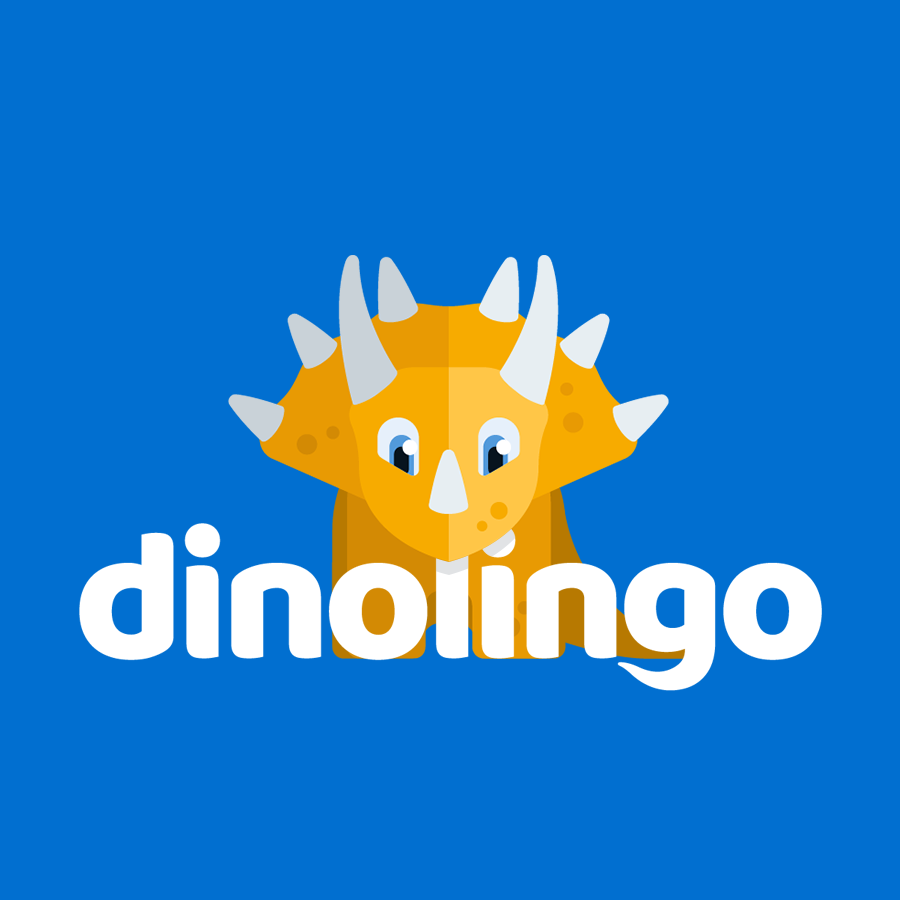Great Minds of Italy—Historical Figures Who Changed the World
Italy’s rich history is shaped by a vibrant tapestry of artists, thinkers, rulers, and explorers whose contributions have reached far beyond their homeland. From the heights of the Renaissance to the intrigue of ancient Rome, these famous Italians left their mark on art, science, politics, and culture. Here’s a look at some of the most influential figures — and how their legacies continue to inspire generations today.
Donatello
Born in Florence in 1386, Donato di Niccolò di Betto Bardi, known as Donatello, was one of the pioneering sculptors of the Early Renaissance. He broke away from traditional medieval styles, creating lifelike statues such as David and Gattamelata, which still impress visitors with their realism and emotion.
Christopher Columbus (Cristoforo Colombo)
An explorer from Genoa, Columbus was born in 1451 and famously sailed westward across the Atlantic in 1492. Although he thought he had found a new route to Asia, he had instead reached the Americas—setting off an era of exploration and global change.
Michelangelo
A true Renaissance genius, Michelangelo was born in 1475 and excelled in sculpture, painting, architecture, and poetry. His masterpieces include the Sistine Chapel ceiling, the Pietà, and the monumental statue of David. He also designed the magnificent dome of St. Peter’s Basilica in Rome.
Galileo Galilei
One of the most important scientific minds of all time, Galileo was born in 1564. He improved the telescope, discovered moons of Jupiter, and laid the groundwork for modern physics. His support for the heliocentric model of the universe sparked conflict with the Catholic Church, symbolizing the ongoing struggle between science and belief.
Gianni Versace
A modern icon of Italian style, Gianni Versace launched his fashion empire in 1978. Known for bold designs and elegance, Versace’s brand has become one of the most famous in the world. Today, the company is led by Donatella Versace and continues to shape global fashion.
The Roman Centurion
More than just a soldier, a centurion in ancient Rome was a symbol of leadership and bravery. These commanders were chosen for their intelligence and strength, often leading from the front lines and playing a crucial role in Rome’s military power.
Niccolò Machiavelli
A sharp political thinker of the Renaissance, Machiavelli worked in the Florentine government and wrote about the realities of power. His book Il Principe (The Prince) is still discussed today for its bold advice to rulers and has made his name synonymous with cunning strategy.
Emperor Nero
One of Rome’s most notorious emperors, Nero ruled from 54 to 68 C.E. His reign is remembered for extravagance, cruelty, and scandal. He was accused of letting the Great Fire of Rome burn, and ultimately died by suicide after losing control of the empire.
Pope Alexander VI
A powerful yet controversial figure, Alexander VI was part of the infamous Borgia family. His papacy (1492–1503) was marked by political maneuvering, nepotism, and a desire to expand the Vatican’s influence across Italy.
Cesare Borgia
The ambitious son of Pope Alexander VI, Cesare Borgia was admired by Machiavelli for his ruthless leadership. He became the model for The Prince — a symbol of political power and strategy during the Renaissance.
Want to Bring History to Life for Your Kids?
Exploring these famous Italians is a fun way to spark children’s curiosity about history and language. With Dinolingo, kids can learn Italian through fun and interactive content that includes videos, songs, stories, and games tailored to different age groups.
Whether your child is fascinated by Roman soldiers or inspired by Renaissance artists, Dinolingo’s Italian program helps them build language skills while discovering the people and stories that shaped Italy.
Let their language journey begin with the legends of the past — and fun in the present!
